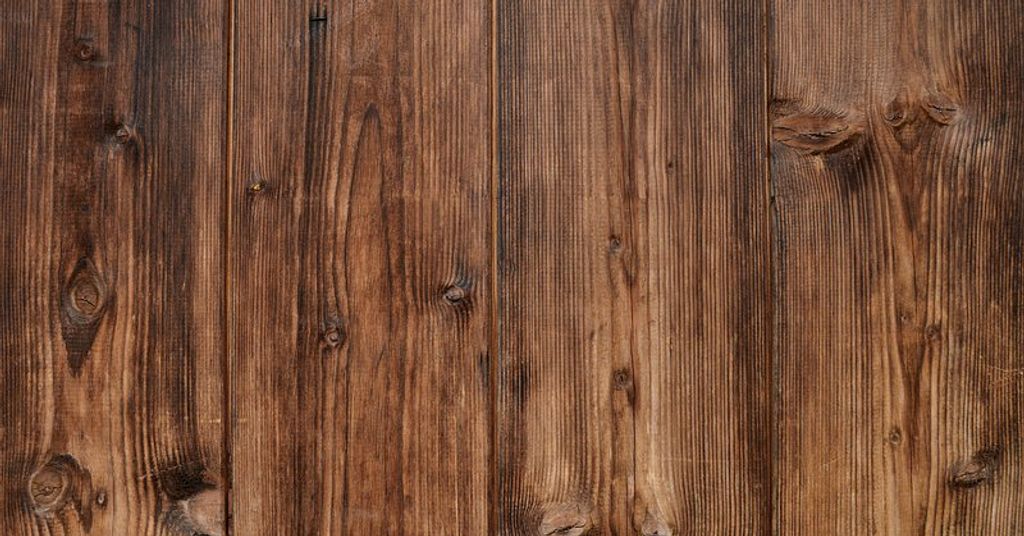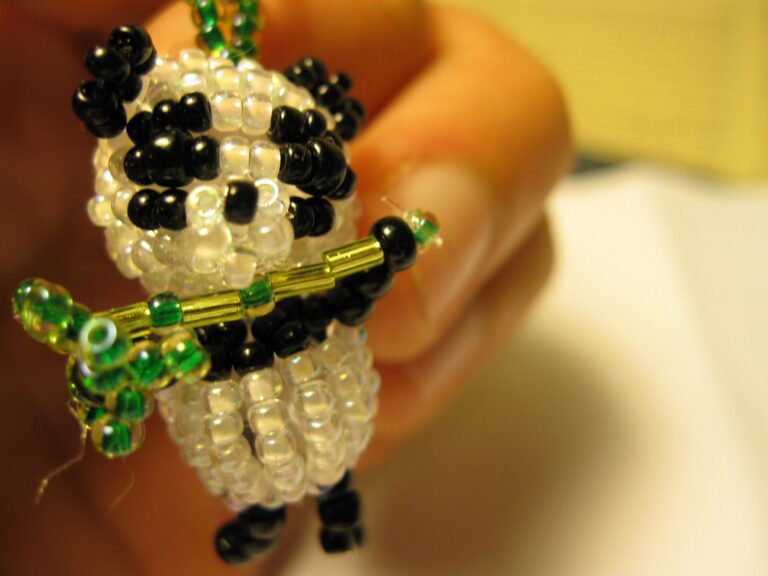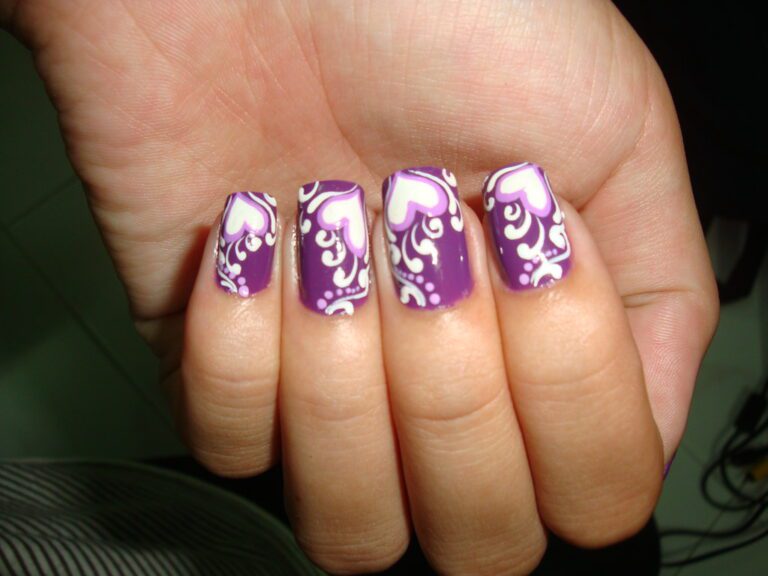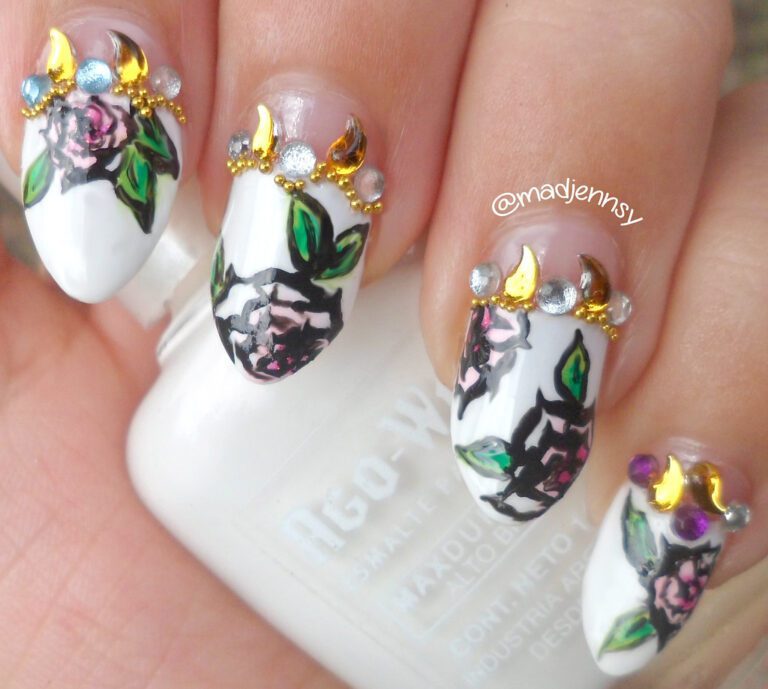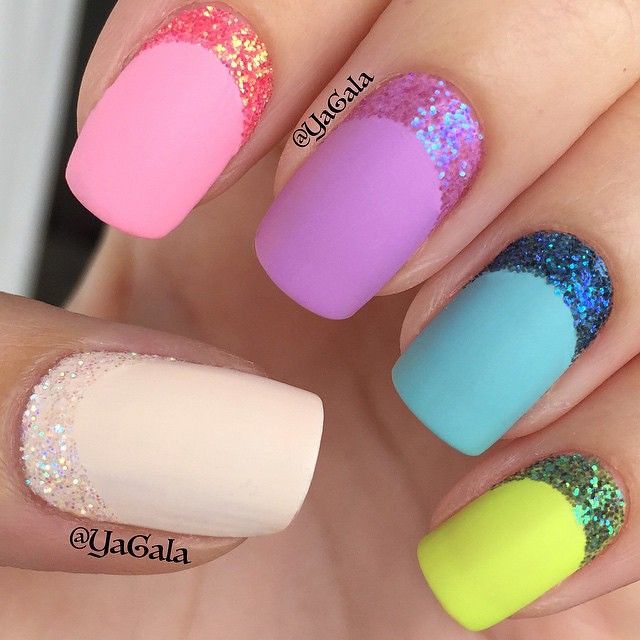“Shiplap Chic: Selecting Nails for Shiplap”
Selecting the right nails for shiplap is crucial for a successful installation. From understanding the types of nails to mastering installation techniques and finishing touches, this article will guide you through the process of selecting nails for shiplap.
Key Takeaways
- Choose nails specifically designed for shiplap to ensure a secure and durable installation.
- Consider the size and material of the nails based on the type of wood and the environment where the shiplap will be installed.
- Pre-drilling holes can prevent splitting and ensure precise nail placement in the shiplap boards.
- Use nailing patterns and spacing that provide structural support and enhance the aesthetic appeal of the shiplap.
- Finishing touches such as countersinking nails, filling nail holes, and sanding and painting contribute to a polished and seamless shiplap finish.
Understanding Shiplap Nails

Types of Nails for Shiplap
Selecting the right type of nail for shiplap is crucial for both the durability and the aesthetic of your project. The most common nails used are finish nails and brad nails, each serving a specific purpose. Finish nails are preferred for their holding strength and minimal visibility, making them ideal for the larger, structural pieces of shiplap. Brad nails, on the other hand, are thinner and work well for the more delicate trim pieces or for areas that require a less intrusive finish.
Galvanized nails are recommended for areas with higher moisture levels due to their resistance to rust. For indoor applications, you might consider using electro-galvanized or coated nails for their discreet appearance. It’s important to match the nail material to your environment to prevent corrosion over time.
Tip: Always consider the finish of the nail when making your selection. A nail that blends well with your shiplap will create a more seamless and professional look.
Here’s a quick reference list of nail types suitable for shiplap installation:
- Finish Nails: Strong hold, minimal head
- Brad Nails: Less holding power, ideal for trim
- Galvanized Nails: Best for moisture-prone areas
- Coated Nails: Good for indoor use, less visible
Remember, the right nail not only secures the shiplap but also contributes to the overall finish of your wall.
Choosing the Right Size and Material
Selecting the appropriate size and material for shiplap nails is crucial for both the durability and aesthetics of your installation. For most shiplap projects, galvanized nails are recommended due to their resistance to rust and corrosion. The length of the nail should be at least 1.5 times the thickness of the shiplap board to ensure a secure hold.
When considering the nail size, a common rule of thumb is to use 2-inch nails for 1/2-inch thick boards and 2.5-inch nails for 3/4-inch thick boards. Stainless steel nails are an alternative option, especially in high-moisture environments, to prevent staining and ensure longevity.
Remember, the choice of nail material can impact the final look of your shiplap, so choose wisely to maintain the desired finish over time. Here’s a quick reference for nail sizes based on board thickness:
- 1/2-inch thick boards: 2-inch nails
- 3/4-inch thick boards: 2.5-inch nails
- 1-inch thick boards: 3-inch nails
Tip: Always verify local building codes and manufacturer recommendations before finalizing your nail selection to comply with any specific requirements.
Installation Techniques

Pre-Drilling Holes
After pre-drilling holes for your shiplap, the next step is to determine the optimal nailing pattern and spacing. This is crucial for both the stability of the shiplap and the aesthetic outcome of your project. A standard approach is to nail at every stud, which typically are spaced 16 to 24 inches apart. However, the specific pattern may vary depending on the design and structural requirements.
- Start by marking the location of studs along the wall.
- Space nails evenly, ensuring they are driven straight and flush with the shiplap.
- Alternate the nailing pattern on each plank to avoid creating a line of weakness.
Tip: For a seamless look, consider the use of finish nails which have smaller heads and can be easily concealed.
Remember that the spacing and pattern will also affect the amount of nails used and the overall cost of the project. It’s important to balance the aesthetic with the practical to achieve the best results for your shiplap installation.
Nailing Patterns and Spacing
Achieving a professional look with shiplap involves not just selecting the right nails, but also understanding the best practices for nailing patterns and spacing. The goal is to ensure that the shiplap is securely fastened while maintaining a consistent aesthetic.
For a balanced appearance, nails should be driven into the wall studs, which are typically spaced 16 to 24 inches apart. A standard approach is to use two nails per stud, one at the top of the shiplap board and one at the bottom. This pattern provides stability and helps prevent warping or buckling of the boards over time.
- Use two nails per stud
- Alternate top and bottom placement
- Maintain even spacing between nails
Tip: Always check for level and alignment after each board is installed. This will help avoid cumulative errors that can throw off the entire installation.
When it comes to spacing between the nails, consistency is key. A common practice is to leave a gap of 1/8 inch to 1/4 inch between the shiplap boards to allow for natural wood expansion and contraction. This spacing also contributes to the characteristic shiplap look. Remember to adjust your nailing technique based on the specific type of shiplap and the conditions of the installation environment.
Finishing Touches

Countersinking Nails
After the shiplap is securely fastened to the walls, countersinking nails is a crucial step for achieving a professional finish. Countersinking involves driving the nail slightly below the surface of the wood, which allows for a smoother exterior and prepares the shiplap for filling and painting.
- Countersink nails to a consistent depth to ensure an even surface.
- Use a nail set tool to avoid damaging the wood.
- Proceed with caution to maintain the integrity of the shiplap.
Tip: Always countersink nails at a perpendicular angle to the shiplap to minimize the risk of splitting the wood.
Once the nails are countersunk, the next steps involve filling the nail holes and finishing the surface for painting. This process not only conceals the nail heads but also protects the wood from moisture and wear over time.
Filling Nail Holes
Once the shiplap is securely in place, the next step is to ensure a smooth, professional finish by filling nail holes. This process not only contributes to the aesthetic appeal but also protects the wood from moisture and other environmental factors. Begin by selecting a wood filler that closely matches the color of your shiplap. Apply the filler with a putty knife, pressing it firmly into each hole until it’s slightly overfilled.
After the filler has dried, which typically takes a few hours, you can proceed to remove any excess with a fine-grit sandpaper. This will create a flat, seamless surface, making the nails virtually invisible. For best results, sand in the direction of the wood grain to avoid any scratches or damage to the shiplap.
Tip: Always test the wood filler on a small, inconspicuous area first to ensure the color match is satisfactory before proceeding with the entire wall.
Sanding and Painting
Once the shiplap is securely installed and all nails are properly countersunk, the next step is to ensure a smooth finish. Begin by sanding the wood surface with a fine-grit sandpaper, such as 120-grit, to create a uniform texture that’s ideal for painting. It’s important to wipe away any sanding dust with a damp cloth to prevent imperfections in the paint job.
Tip: Always sand in the direction of the wood grain to avoid scratches that could show through the paint.
After sanding, apply a high-quality primer to the shiplap. This will help the paint adhere better and result in a more even color application. When choosing paint, opt for a formula that’s specifically designed for wood surfaces. Apply the paint in thin, even coats, allowing sufficient drying time between each layer.
Remember, the key to a professional-looking finish is patience and attention to detail. Don’t rush the painting process, and be sure to inspect your work for any missed spots or potential drips.
When it comes to perfecting your nail art, the finishing touches make all the difference. At NAILinspire.com, we understand the importance of attention to detail and the impact it has on your nail designs. Our ultimate online nail art design library is filled with inspiration, tutorials, and tips to help you elevate your nail art to the next level. Whether you’re a professional nail artist or a DIY enthusiast, NAILinspire.com is your go-to destination for all things nail art. Visit us today and unleash your creativity!
Frequently Asked Questions
What types of nails are best for shiplap installation?
For shiplap installation, it is best to use ring shank nails or finish nails, as they provide strong holding power and reduce the risk of splitting the wood.
What size and material of nails should I use for shiplap?
The size and material of nails for shiplap depend on the thickness and type of wood being used. Generally, 6d or 8d nails made of stainless steel or hot-dipped galvanized steel are recommended for outdoor applications.
Do I need to pre-drill holes before nailing shiplap?
Pre-drilling pilot holes can help prevent the wood from splitting, especially near the edges. It is recommended to pre-drill holes when nailing shiplap to ensure a clean and secure installation.
What is the best nailing pattern and spacing for shiplap installation?
A staggered nailing pattern with a spacing of 6-8 inches is commonly used for shiplap installation. This pattern ensures even distribution of nails and minimizes the risk of warping.
How can I countersink nails in shiplap?
To countersink nails in shiplap, use a nail set to drive the nail head slightly below the surface of the wood. This allows for a smooth and flush finish, ready for filling and painting.
What is the best way to fill nail holes in shiplap?
The best way to fill nail holes in shiplap is to use a wood filler or putty that matches the color of the wood. Apply the filler, let it dry, and sand it smooth before painting or staining.

